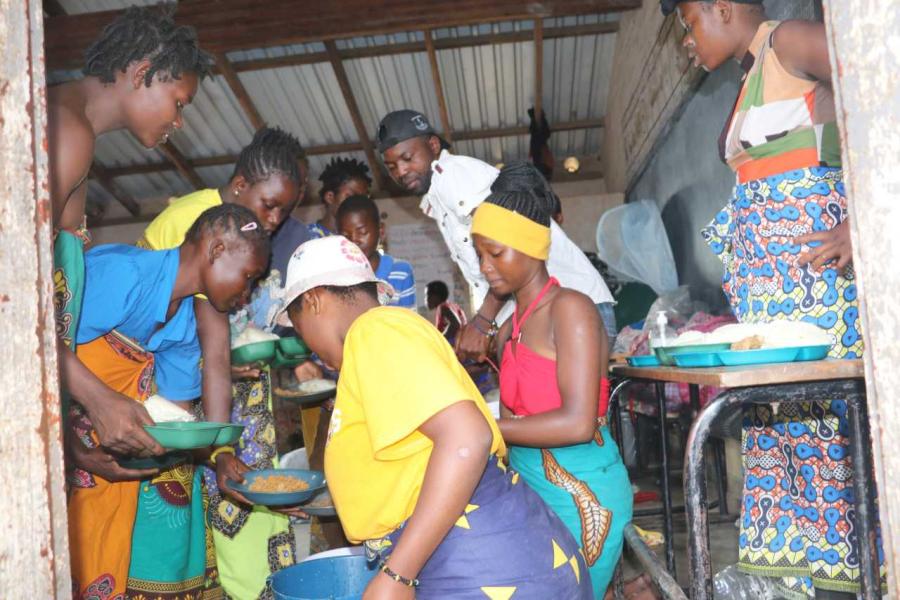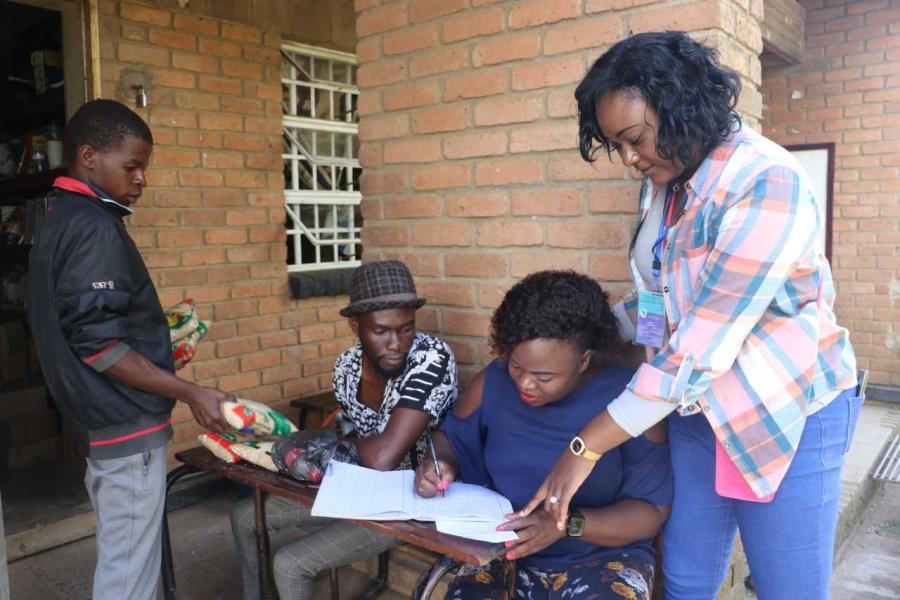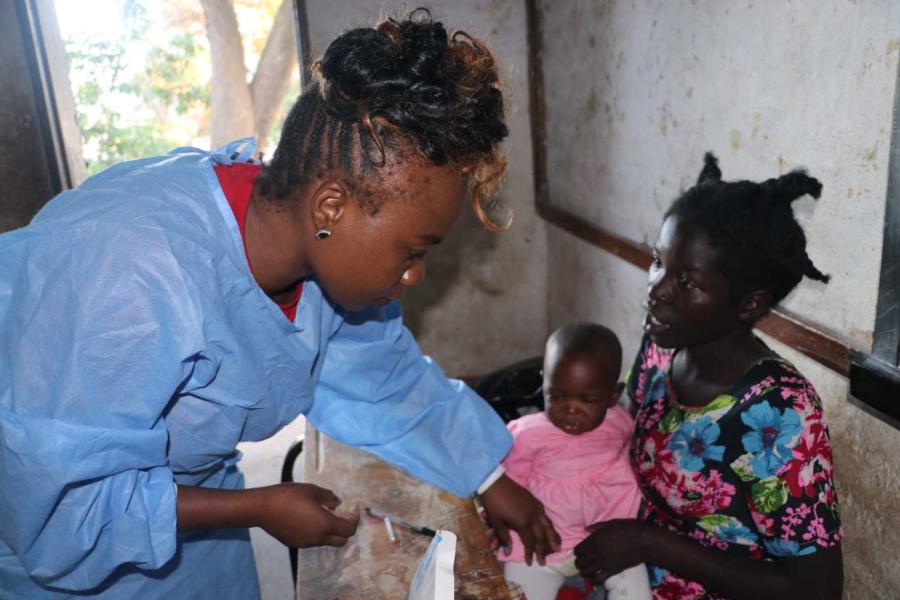Cyclone Freddy: When a community stood up for its people

The floods and mudslides that followed the cyclone wreaked havoc on communities in southern Malawi, destroying lives and properties
“The houses were being ripped apart, and after a few minutes I started seeing people running. Fear was on their faces,” says Keziah Makunganya, a resident of Blantyre City in southern Malawi, recalling when Cyclone Freddy tore through the city on 13 March.
Keziah is just one of several community members who stepped up to volunteer their services to support the many people displaced that day.
The floods and mudslides that followed the cyclone wreaked havoc on communities in southern Malawi, destroying lives and properties. Nearly 883,000 houses were affected, forcing about 659,300 people to leave their homes and shelter in 747 displacement sites including schools, churches, community facilities and other camps, according to authorities.

The Government and humanitarian organizations are providing people with life-saving assistance, but others, like Keziah, have come forward to help people in displacement sites.
When Keziah saw people running on 13 March, she followed them, which is how she found herself at Manja Primary School, which is a displacement site. She saw women carrying babies who were soaking wet and freezing. Keziah went home and packed all of her family’s bedding to help keep them warm.
She says: “I don’t know how to balance between my fashion design business and my time at the Manja displacement site, but I take each day as it comes. I am here to help, and I will help as much as I can. When the displaced are settled, that is when I will be peaceful.”
Helping to coordinate
Tamara Nyahoda, a community worker, coordinates volunteers at the Manja Primary School displacement site. She explains: “I live a few metres away from this site. Some of these people are the ones who I buy vegetables from; they are literally my neighbours.”
The night the floods tore through parts of Blantyre, Tamara brought her gas stove to the school and cooked porridge and tea for at least 100 people to keep them warm. Two weeks later, the stove is still being used at the site.
As coordinator, Tamara oversees other volunteers’ activities at the displacement site.

According to Tamara, there were many volunteers on the first night, but now there are about 10. They have organized themselves according to their specialties, including security and kitchen duties, and a doctor who works at night.
They were strangers before the cyclone, but their desire to help the affected people brought each of them to the school, where they now work together leveraging each other’s strengths.
A few days after the cyclone, the volunteers met to discuss how better to support people at the displacement sites, including how to manage and ensure accountability for the donations being sent to the site, but while calling for more donations from well-wishers.
Keziah is now a volunteer storekeeper at the Manja site. Displaced people now sleep in the school’s classrooms, which are used to help distribute donations. Keziah explains:
“The displaced people communicate their needs to each classroom’s chairlady or chairman, who in turn delivers the message to the store where donations are kept. We could not have everybody requesting assistance at the same time, as this would create confusion.
“When we do not have a commodity that is needed, we always check with the Red Cross, and vice versa. This has created a seamless operation and togetherness between us.”
The joy of lending a hand
Tamanda Mzima, a doctor with the Government of Malawi, was on leave when the cyclone tore through southern Malawi. She now volunteers her time at the Manja displacement site, especially at night when doctors from the private hospital have left for the day.
She explains: “I live 10 metres away from the mountains. I was in my house when I started hearing strange sounds, which prompted me to go outside. I saw ambulances on the road outside my house collecting people from where the cyclone had struck. People were all over the street with no sense of direction. I was afraid! My family and I ran to my friend’s house, where we stayed for the night.”

The horrific scenes of that night stayed with Dr. Tamanda. On the first night, she volunteered at Queen Elizabeth Central Hospital. But when she later learned that volunteer doctors were needed in various displacement sites, she offered to help at the Manja site, as it’s close to her home.
Dr. Tamanda now covers the night shift, often attending to cases of upper respiratory infections, malaria and diarrhoea. She also provides health information, distributes chlorine to mitigate the spread of communicable diseases, and links people who are sick with ambulance services that take them to the district referral hospital.
“There is no greater joy than lending a hand to someone in need,” she says.
In the days and weeks ahead, as people return home, and Tamara, Keziah and Dr. Tamanda resume their daily routines, the legacy of their and other Malawians’ incredible solidarity will live on in the hearts of those whose lives they touched.




